It is observed that in any country, there are people from different religions, castes, creeds, races, who above all, follow different ways of life, have their own cultures, and ethnic identities. Such a country is culturally plural. Cultural pluralism is a pattern or a system in which people of different faiths, religions, castes, creeds can all work and live together while proudly retaining their faith and identity and sharing a bond. Plural culture means the co-existence of several sub-cultures within a defined society on equal terms. In such a pluralistic culture, the validity of various sub-cultures is recognized.
The Indian Constitution is accommodationist, concerning the diversity along the axes of religion, caste, tribe, and language - although differentially so. It was ahead of its time in instituting cultural rights for minorities and affirmative action for historically disadvantaged groups within a broadly liberal democratic framework. The Indian Constitution includes legal pluralism in religious family laws (Hindus, Muslims, Christians, Parsis), affirmative action including quotas (known as reservations in India) in legislatures, government jobs and educational institutions for lower caste and tribal groups, as well as self-government rights for linguistic and tribal groups.
But the question is, what brings up the discussion of the pluralistic character of Indian society? This is regarding an ordinance promulgated by the Uttar Pradesh government called ‘The UP Prohibition of Unlawful Conversion Of Religion Ordinance, 2020’ (Uttar Pradesh Vidhi Virudh Dharma Samparivartan Pratishedh Adhyadesh, 2020). The provisions of this ordinance seem to cause hindrance to the pluralistic character of our country.
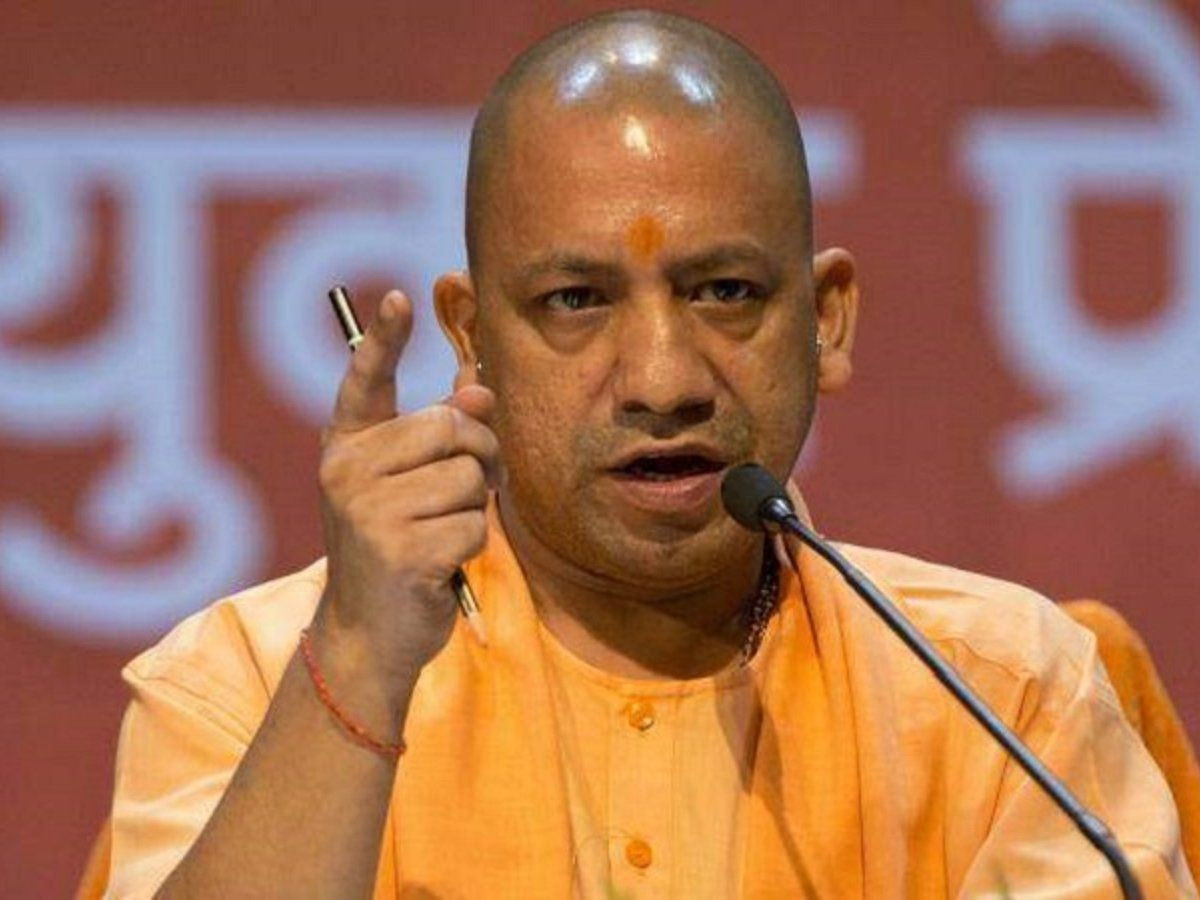 The UP Chief Minister has gone on record to state that this law has been brought to regulate love jihad. The state of Madhya Pradesh, Uttar Pradesh, Haryana, Karnataka, and Assam have also announced their plan to bring a law to check the so-called phenomenon of love jihad. So, the questions to be dealt with are: What is meant by love jihad? Does it have any legal existence? What do the provisions of the UP government's new ordinance speak about? What is the Constitutional validity of this ordinance?
The UP Chief Minister has gone on record to state that this law has been brought to regulate love jihad. The state of Madhya Pradesh, Uttar Pradesh, Haryana, Karnataka, and Assam have also announced their plan to bring a law to check the so-called phenomenon of love jihad. So, the questions to be dealt with are: What is meant by love jihad? Does it have any legal existence? What do the provisions of the UP government's new ordinance speak about? What is the Constitutional validity of this ordinance?
The word love jihad is not something unknown to us. It is said to be a conspiracy theory, according to which Muslim men entrap girls of another religion (mostly Hindu) into falling in love with them with the intent of conversion through marriage. The end game is to numerically overtake Hindus in India & turning it into an Islamic Republic state.
But this theory is nowhere defined under any law. Still, it has a long theoretical history. In the backdrop of rising religious tensions in the 1920s and 1930s, Hindu nationalist groups in parts of northern India launched a campaign against ‘kidnapping’ of Hindu women by Muslim men and demanded the recovery of their Hindu wives.
The phenomena had caught public attention for the first time in September 2009, when the Kerala High Court had issued an order for the police to investigate the cases of two college-going girls allegedly forced to convert to Islam after marrying Muslim men.
Coming to the latest ordinance of the UP Government regarding the Unlawful Conversion, its preamble states that, “It is enacted to provide for the prohibition of unlawful conversion from one religion to another by misrepresentation, force, undue influence, coercion, allurement or by any fraudulent means, or by marriage and for the matters connected therewith or incidental thereto."
The provisions of this ordinance can be summarised as:
1) If a person after conversion reconverts to his immediate previous religion, then it shall not be termed as conversion.
2) The aggrieved person, his parents, brother, sister or any other person who is related to him by blood, marriage or adoption, may complain of such conversion.
3) The punishment under the act ranges from minimum 1-year imprisonment to a maximum of 5 years and fine up to Rs. 15,000/-. The aggravated form of punishment in respect of minor, women, person belonging to SC/ST is imprisonment of 2 years to 7 years with fine up to Rs 25,000/-. The punishment for the persons indulging in mass conversion is imprisonment of 3 years to 10 years along with fines up to Rs 50,000/-. The court may direct the accused to pay compensation (up to Rs. 5 lakhs) to the victim of religious conversion.
4) If the conversion is done for the sole purpose of marriage or vice versa, then it will be declared as an unlawful conversion.
This is the most criticised provision of the ordinance.
5) When the man of one religion marries with the woman of another religion, either converting himself before or after the marriage, or by converting the woman before or after marriage, may be declared as void by the family court, and if not family court, then by the court having jurisdiction on a petition presented by either party thereto against another party of the marriage.
6) Then if you desire to convert religion voluntarily, a declaration of 60 days in advance is to be given to the District Magistrate. It is to be stated that conversion is done out of the free will, and the person wishes to convert without force, undue influence, coercion, allurement. On failure to do so will lead to the imprisonment of 6 months to 3 years along with fine.
7) The District Magistrate has to satisfy that the conversion is free. As well as the concerned Priest, Pujari, Maulia/ Mulla, Padari shall inform the District Magistrate about the place and time of such conversion.
8) Such a declaration to be made to the District Magistrate of the jurisdiction where the person converted ordinarily resides and has to be physically present before the District Magistrate within 21 days. On failure to do so will make the conversion illegal and void.
9) The burden of proof under the ordinance is on the person who has caused such conversion and where such conversion has been facilitated by any person, on such other person.
To form an opinion, or to understand the given ordinance, we must understand both sides of the coin.
The ordinance is supported on various grounds like:
1) It nowhere mentions a specific religion or the word "love jihad" per se.
2) This isn’t the first act in the field of anti-conversion laws. There are various state laws in existence to deal with religious conversations like the Madhya Pradesh Act, Tamil Nadu Forcible Conversion Act, Himachal Pradesh Freedom of Religion Act.
3) The ordinance is the outcome of the Allahabad High Court decision where it observed that the religious conversion for the sake of marriage is unacceptable.
The provisions of the ordinance are criticised on various grounds such as:
1) The Anti conversion laws already face criticism for being extraordinarily broad and vague.
2) The terms like allurement, force, misrepresentation, fraudulent have been previously criticised for being overly broad for their potential to interfere with the right to propagate religion.
3) The ordinance appears to be facially neutral as it does not specify any particular religious community. But a provision of law cannot be viewed as operating in isolation from its social, political, and cultural context.
4) If we look at the constitutional mandate, the ordinance not only interferes with a range of fundamental rights - such as the right to choose, right to privacy and freedom of religion - but it can also potentially become a tool for violence against interfaith couples and minorities.
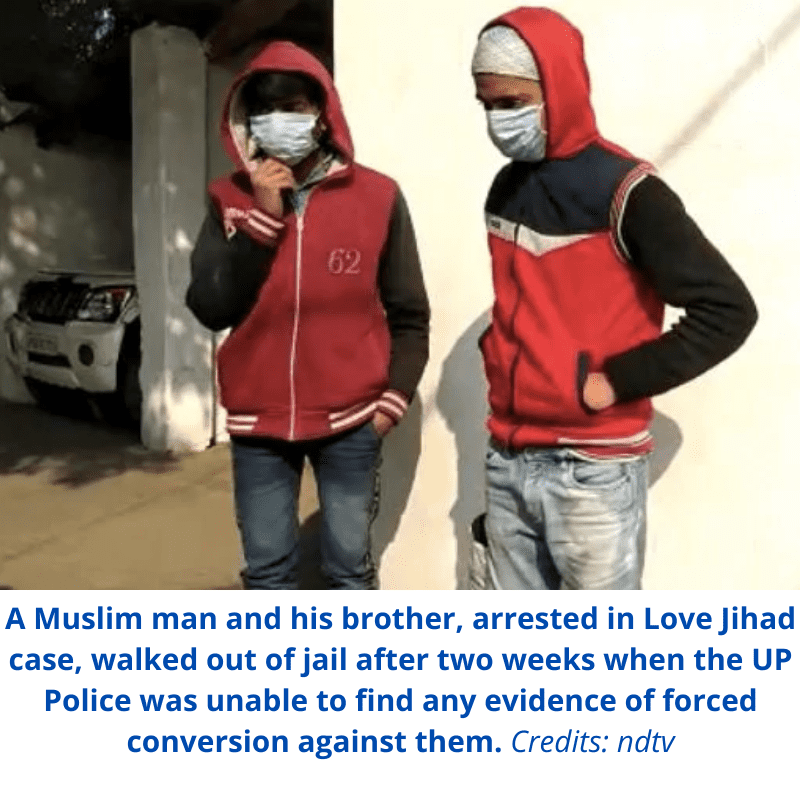 5) The Ordinance leads to an unreasonable intrusion into the domain of personal autonomy. The provisions as to 60 days advance notice have the potential to give state sanction and administrative support to the societal hostilities, which persons intending to have inter-faith marriages face. The Himachal Pradesh HC in 2012 declared this provision of the Himachal Pradesh Freedom of Religion Act, 2006 as unconstitutional and further noted that “Why should a human being be asked to inform authorities that he is changing his beliefs? What right does the state have to direct the convertee to give notice in advance to DM about changing his rebellious thoughts?”
5) The Ordinance leads to an unreasonable intrusion into the domain of personal autonomy. The provisions as to 60 days advance notice have the potential to give state sanction and administrative support to the societal hostilities, which persons intending to have inter-faith marriages face. The Himachal Pradesh HC in 2012 declared this provision of the Himachal Pradesh Freedom of Religion Act, 2006 as unconstitutional and further noted that “Why should a human being be asked to inform authorities that he is changing his beliefs? What right does the state have to direct the convertee to give notice in advance to DM about changing his rebellious thoughts?”
6) It is also questioned that what were the compelling circumstances which forced the state to bring this law using emergency executive powers (promulgation of the ordinance instead of passing legislation ) when love jihad remains a demon arising out of the religious stereotypes without the facial evidence.
7) Another argument that holds the ground is that the ordinance reverses the burden of proof by forcing the accused to prove innocence in the trial when complaints could be prosecuted at the mere ipse dixit (an assertion without proof) of the furious family members even without any evidence.
8) Again, the penal provisions of the ordinance against conversions for marriage are against the core concepts of criminal jurisprudence. The ‘harm principle’ permits punitive action on the individual, only to prevent real and tangible harm to another. It restricts criminal law from penalizing conduct, merely based on its perceived immorality or unacceptability when the same is not harmful.
9) The 2018 Law Commission of India paper have mentioned that interfaith couples are often left with no choice but to convert to avoid procedural problems under the Special Marriage Act, 1954. It has also given the reference of another Law Commission's report regarding 'Prevention of interference with the freedom of Matrimonial Alliances (in the name of honour and traditions)', which has discussed honour killings and power of Khap panchayat stating, “It is important to ensure that at least willing couples can access the law to exercise their right to marry when the social attitudes are against them." I think this has an equal application when it comes to unnecessary interference in the personal life of the individual.
10) In the case of Rev. Stanislaus V/S St. Of MP, 1977, where the anti-conversion laws of MP and Odisha were found constitutional, the category of conversion by marriage did not exist. The court recognised the need for anti-conversion laws for the limited purpose of public order. So, the reliance on this case to support the ordinance seems to be of no use.
11) The reliance of the UP Government on two of the Allahabad HC judgments is also criticised. It was in the matter of Priyanshi @ Km. Shamren & others v/s State Of UP & others, and Noor Jahan Begum @ Anjali Mishra & others v/s State of UP & others. Here, the Allahabad HC observed that the religious conversion for the sake of marriage is unacceptable. But later, a division bench of the same court in the matter of Salamat Ansari & 3 others v/s State of UP & 3 others, 2020 held that “Both of these judgments have failed to deal with the issue of life and liberty of two matured individuals in choosing a partner or their right to freedom of choice as to with whom they would like to live." The court stated that the judgments in the cases of Noor Jahan and Priyanshi are not laying good law. But the UP Government ignored this latest judgment while promulgating the ordinance.
We can take the reference of a few significant verdicts in this regard:
1) In Hadiya Case ( Shafin Jahan vs Asokan K.M. on 8 March 2018), the apex court observed, “In deciding whether Shafin Jahan is a fit person for Hadiya to marry, the High Court has entered into the prohibited territory. Our choices are respected because they are ours. Social approval for intimate personal decisions is not the basis for recognising them. Indeed, the constitution protects personal liberty from disapproving audiences.”
2) In a judgment regarding khap panchayat interference in marriages, the court observed, “The consent of family/community/clan is not necessary once the two adult individuals agree to enter into a wedlock.”
3) In the famous case of Joseph Shine v/s UOI, 2018 (Decriminalisation of adultery), it was held that “The Right to privacy depends on the exercise of autonomy and agency by individuals. In situations where individuals are disabled from exercising these essential attributes courts must step in to ensure that dignity is realised in the fullest sense."
The ordinance is compared with the 'Nuremberg laws' of 1935, announced by Nazis, of which one law was for the protection of German Blood & German honour. This law was to prevent 'race defilement' of German women and girls and thereby ensure the survival of pure German volk. Even before Nazi Germany, a majority of states in the USA had laws in place preventing mixed-race marriages.
As soon as the ordinance came into force, the police have begun cracking down on marriages between Muslims and Hindus and have arrested Muslim men under a law that prohibits forced religious conversions. Various petitions have been filed in the High Court seeking protection for interfaith couples which denote the level of community threat.
A writ petition has been filed before the Allahabad High Court challenging the constitutional validity of the UP Government's controversial Ordinance against religious conversions in the name of 'love jihad', stating it to be both morally and constitutionally repugnant. Before that, A PIL has been filed in the Supreme Court challenging the laws passed by the states of Uttarakhand and Uttar Pradesh on religious conversions in the name of ‘love jihad’, on the ground of being against public policy and society at large. The UP Ordinance is modelled mostly on the Uttarakhand legislation. However, the UP Ordinance specifically criminalizes conversion by marriage.
All these scenarios have raised very fundamental questions regarding converting a simple matrimonial tie into a communal issue, or the extent of state interference in the right to choose a life partner. And if the investigation is directed, then to what extent the liberty shall be given to the investigator, remains an unanswered question.
- Adv Prachi Patil
ppprachipatil19@gmail.com
(The writer is a practising lawyer at the Pune District Court and the Family Court, Shivajinagar)
Tags: legal love jihad adv prachi patil uttar pradesh Load More Tags

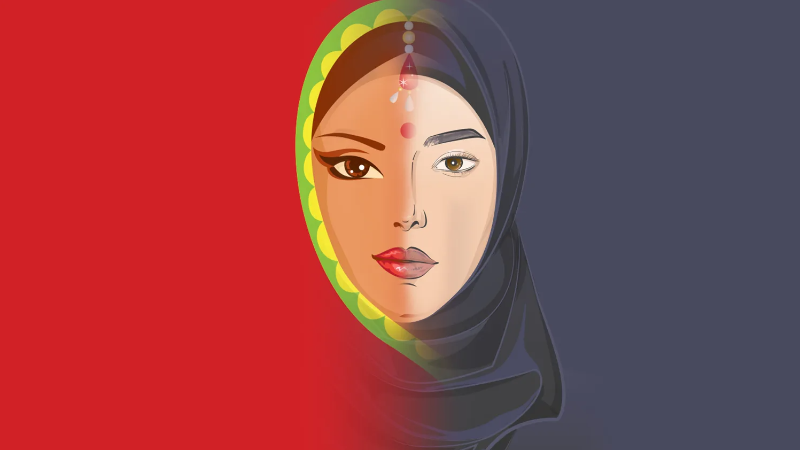

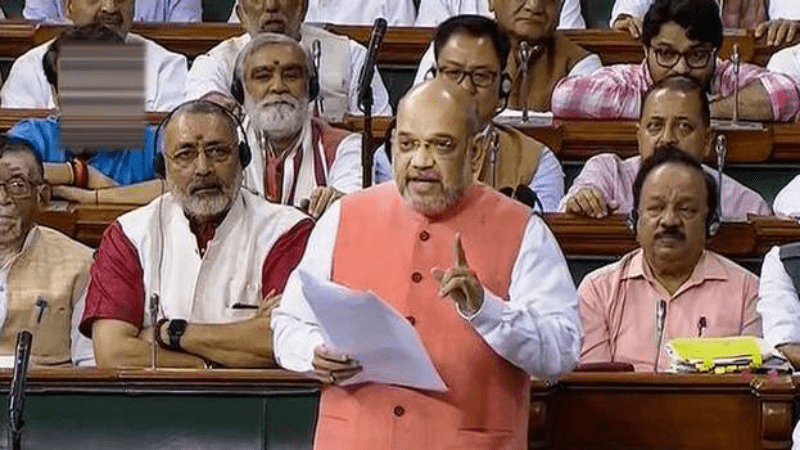
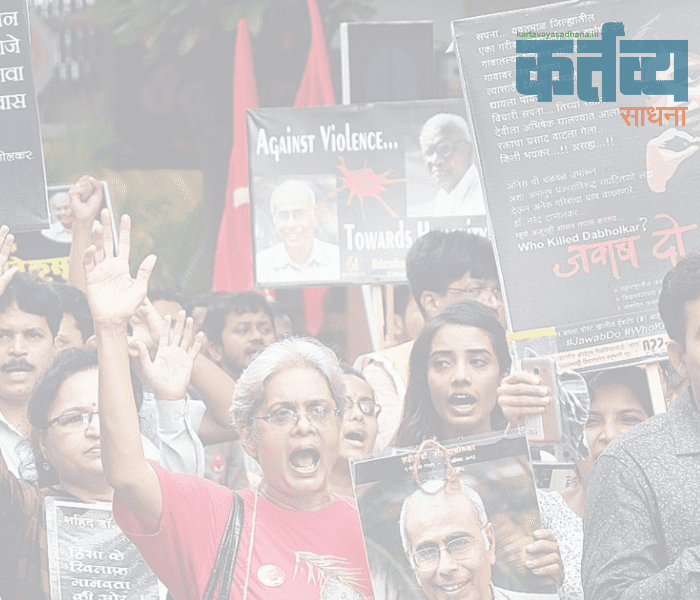
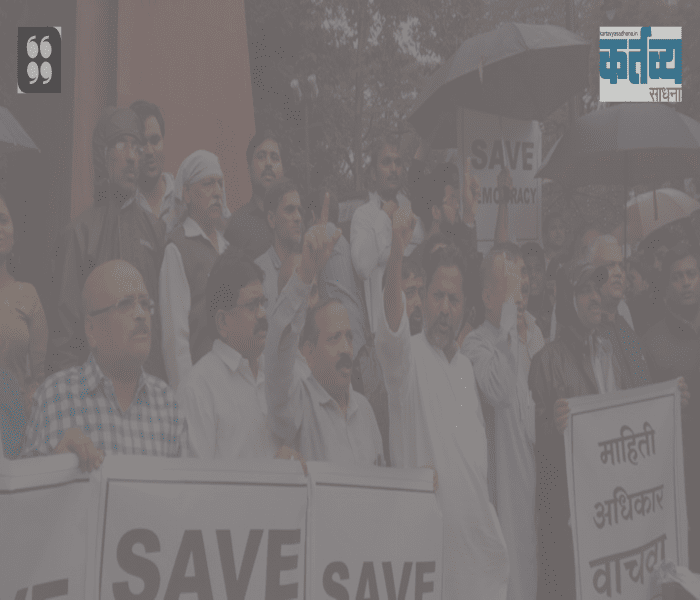
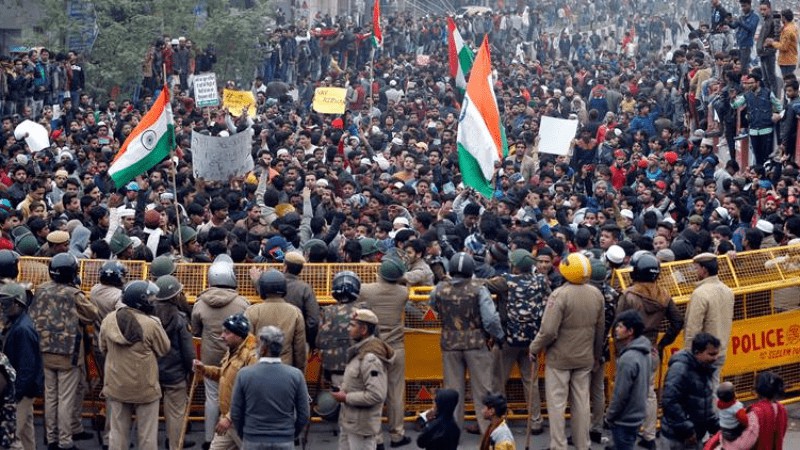

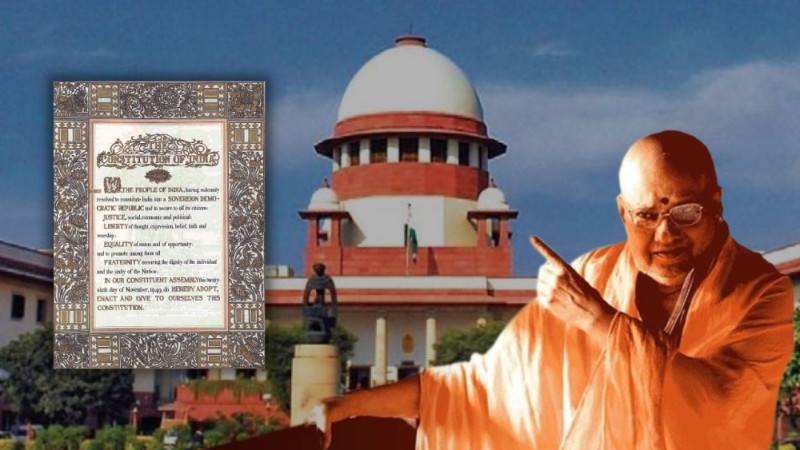
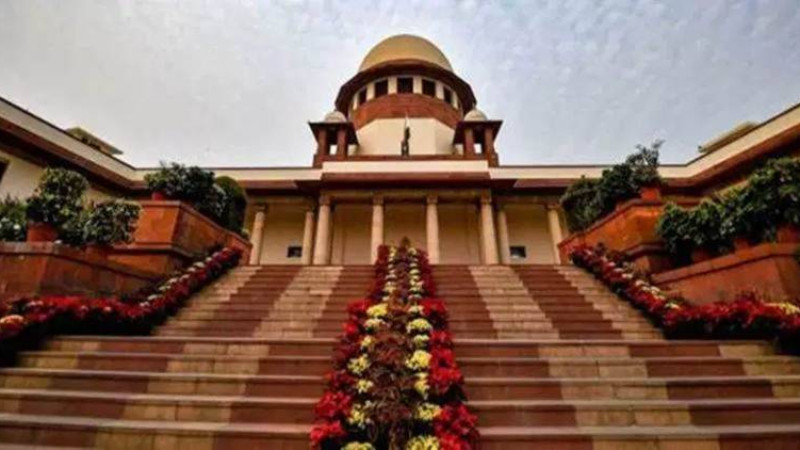
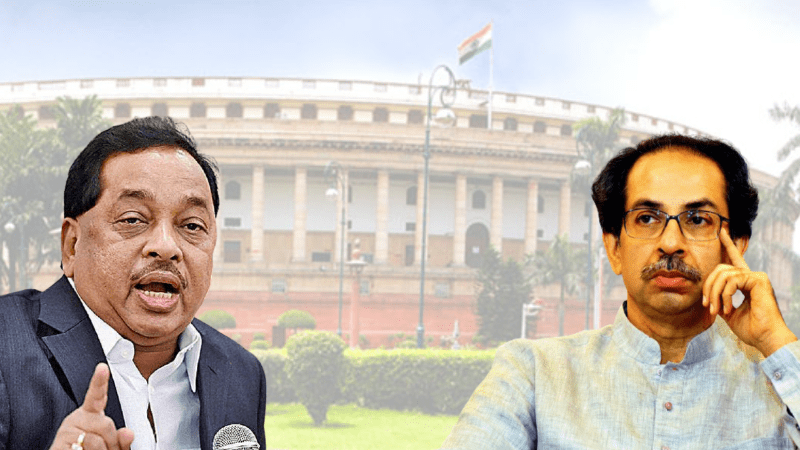
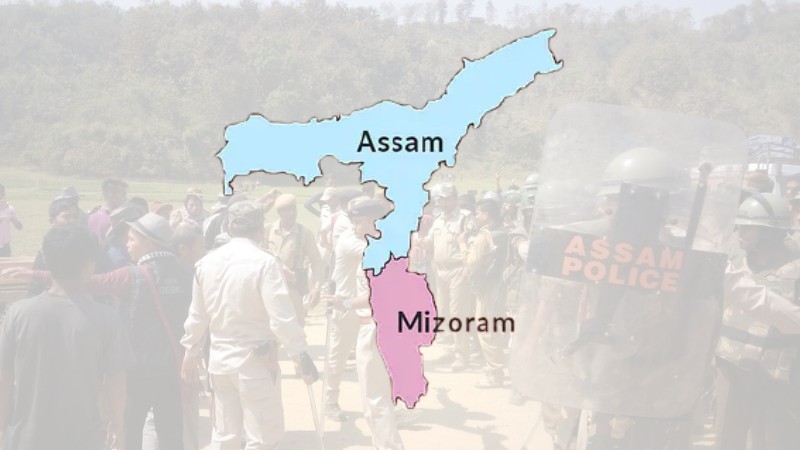


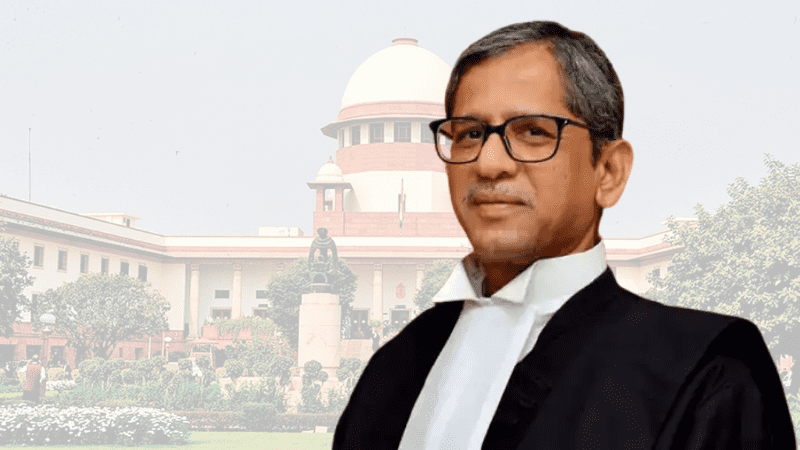
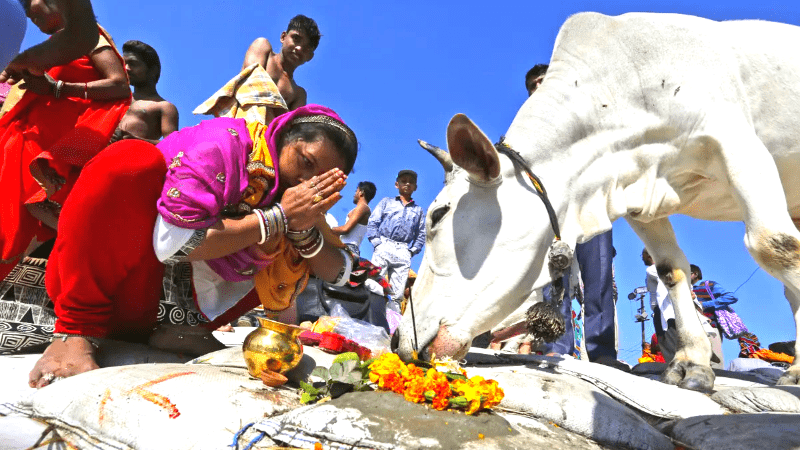


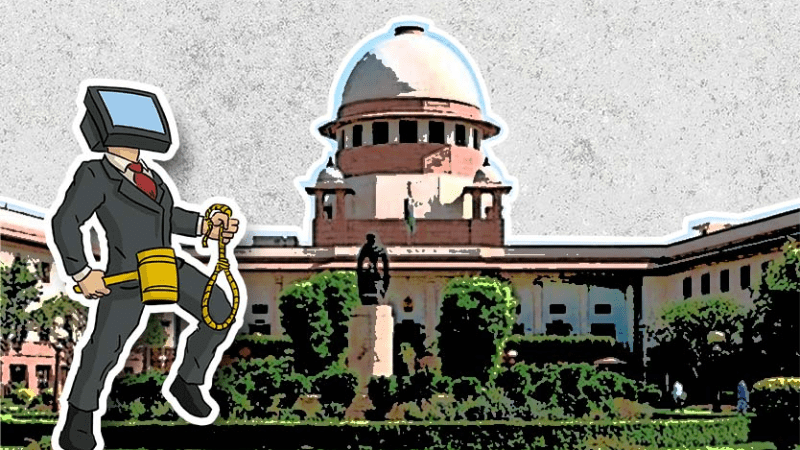

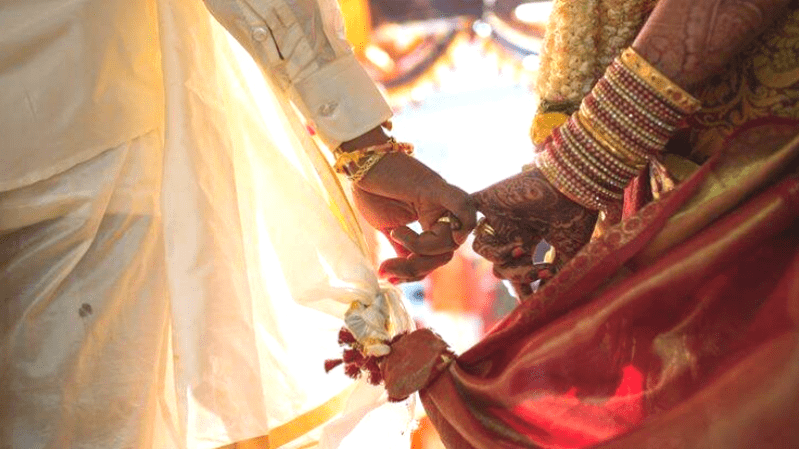

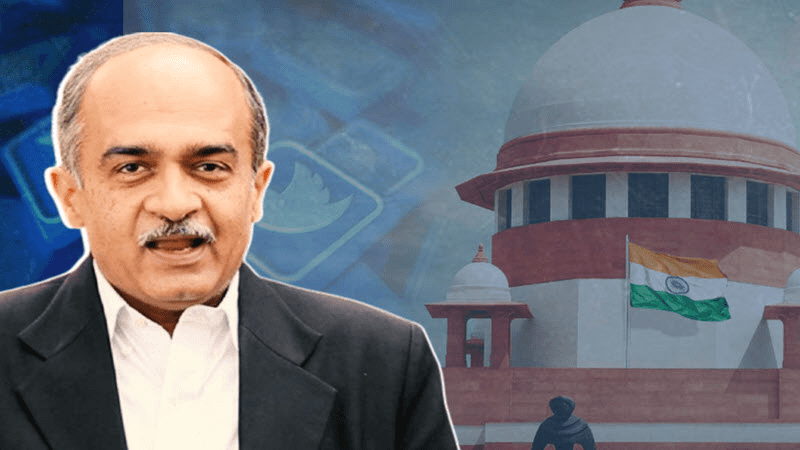
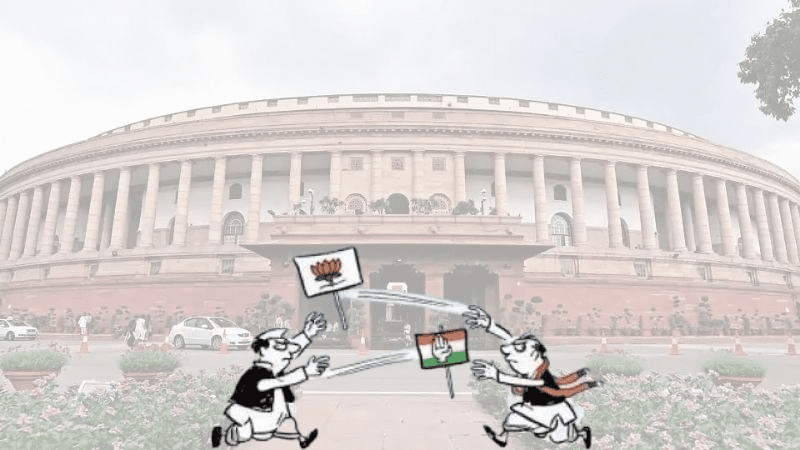
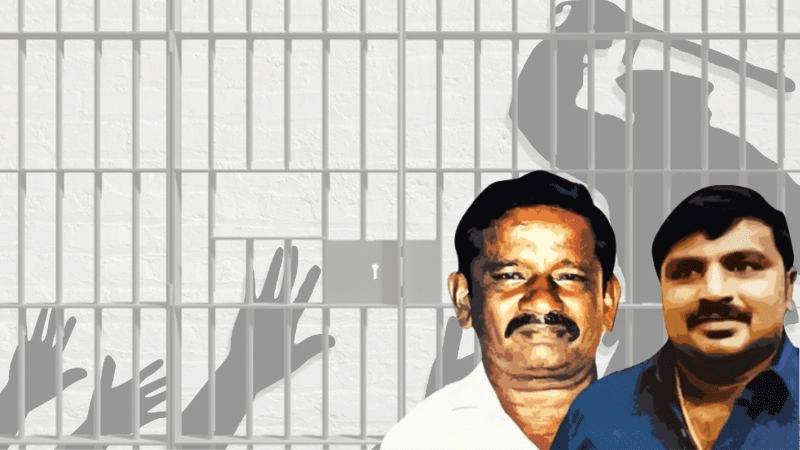
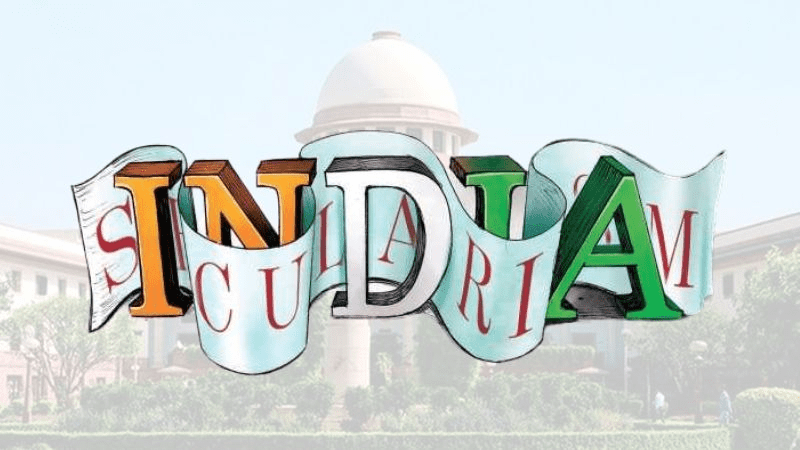


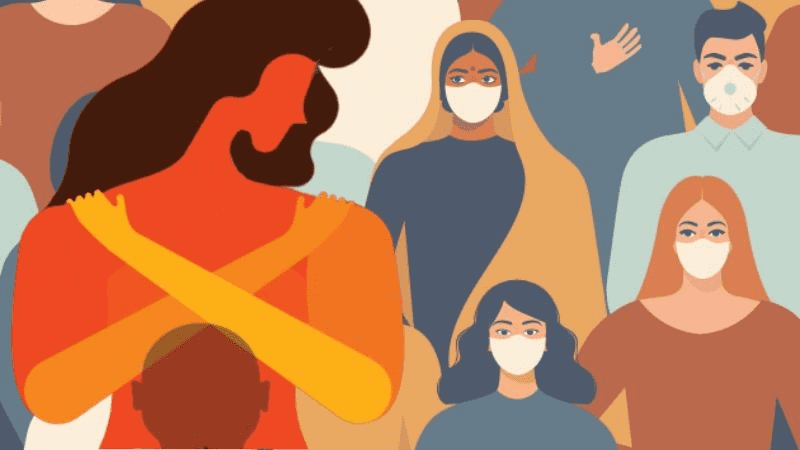
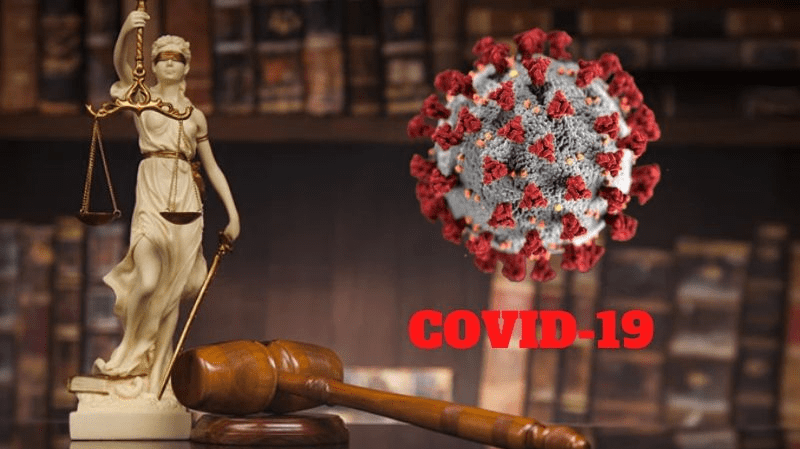
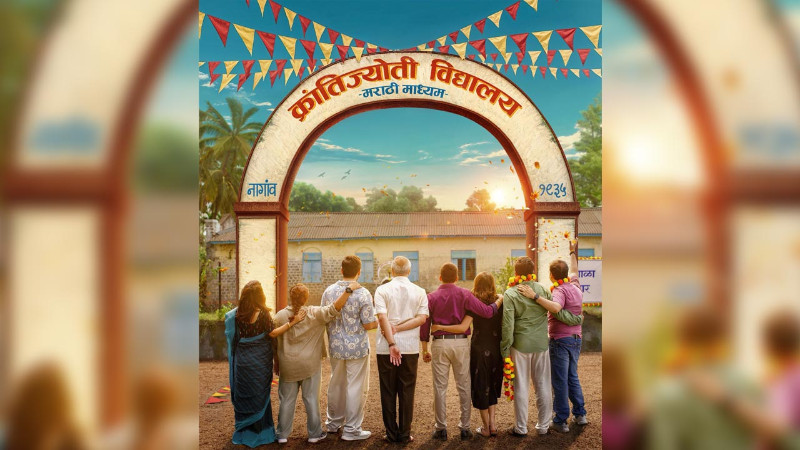

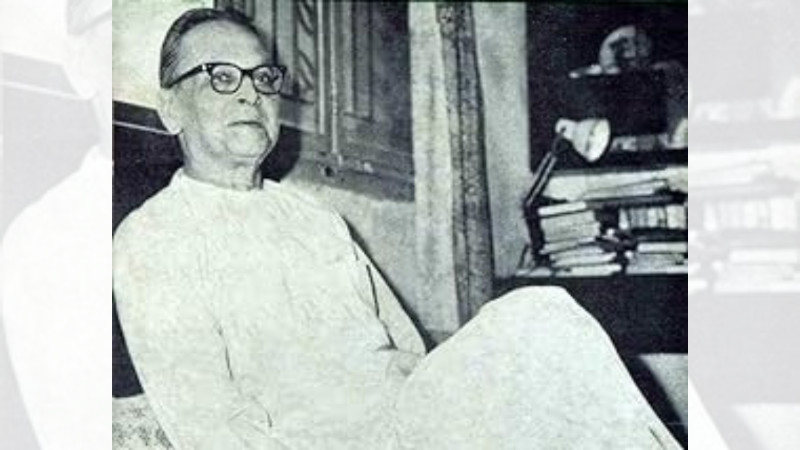
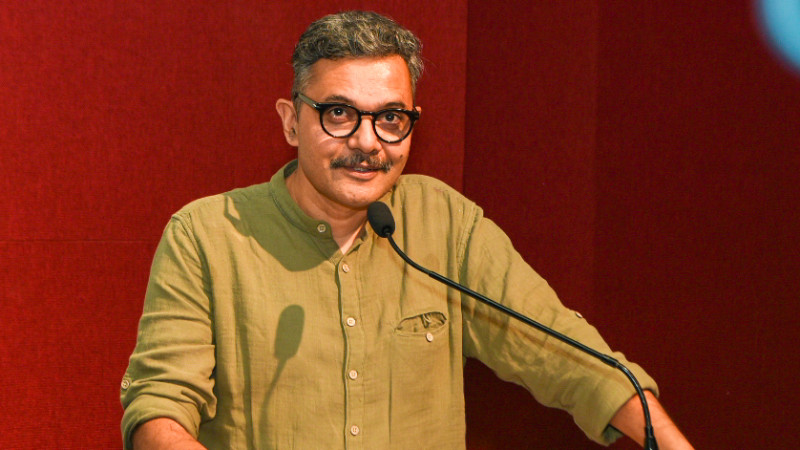
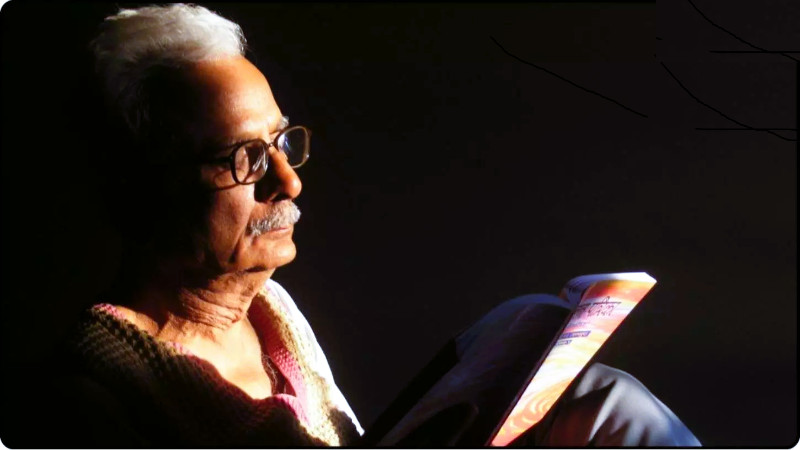
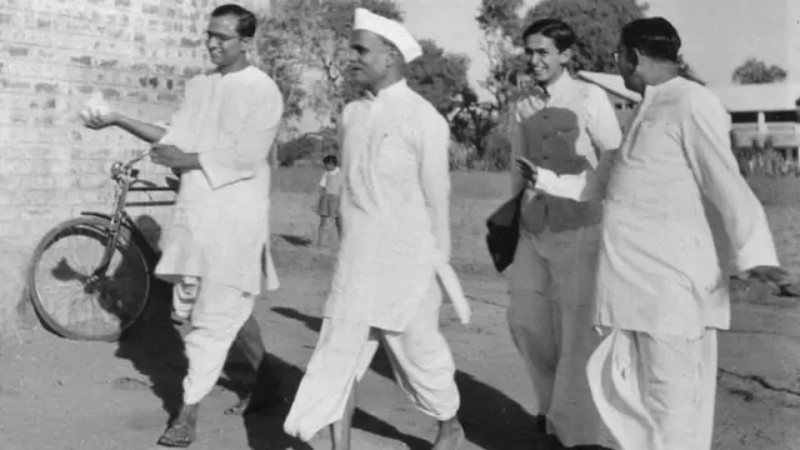
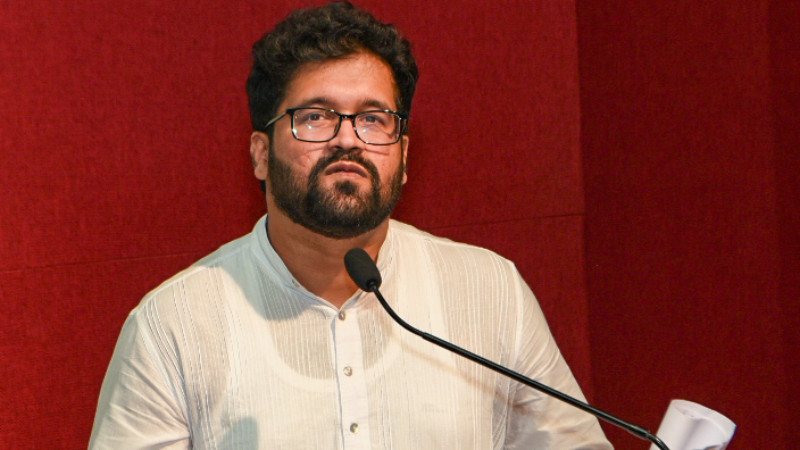
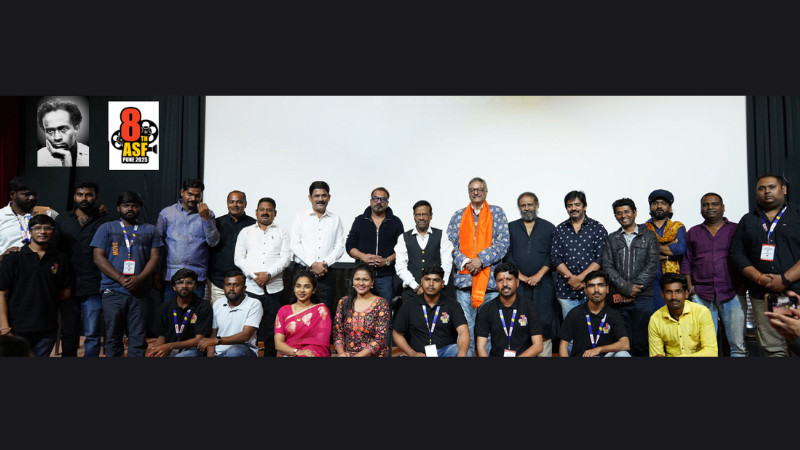

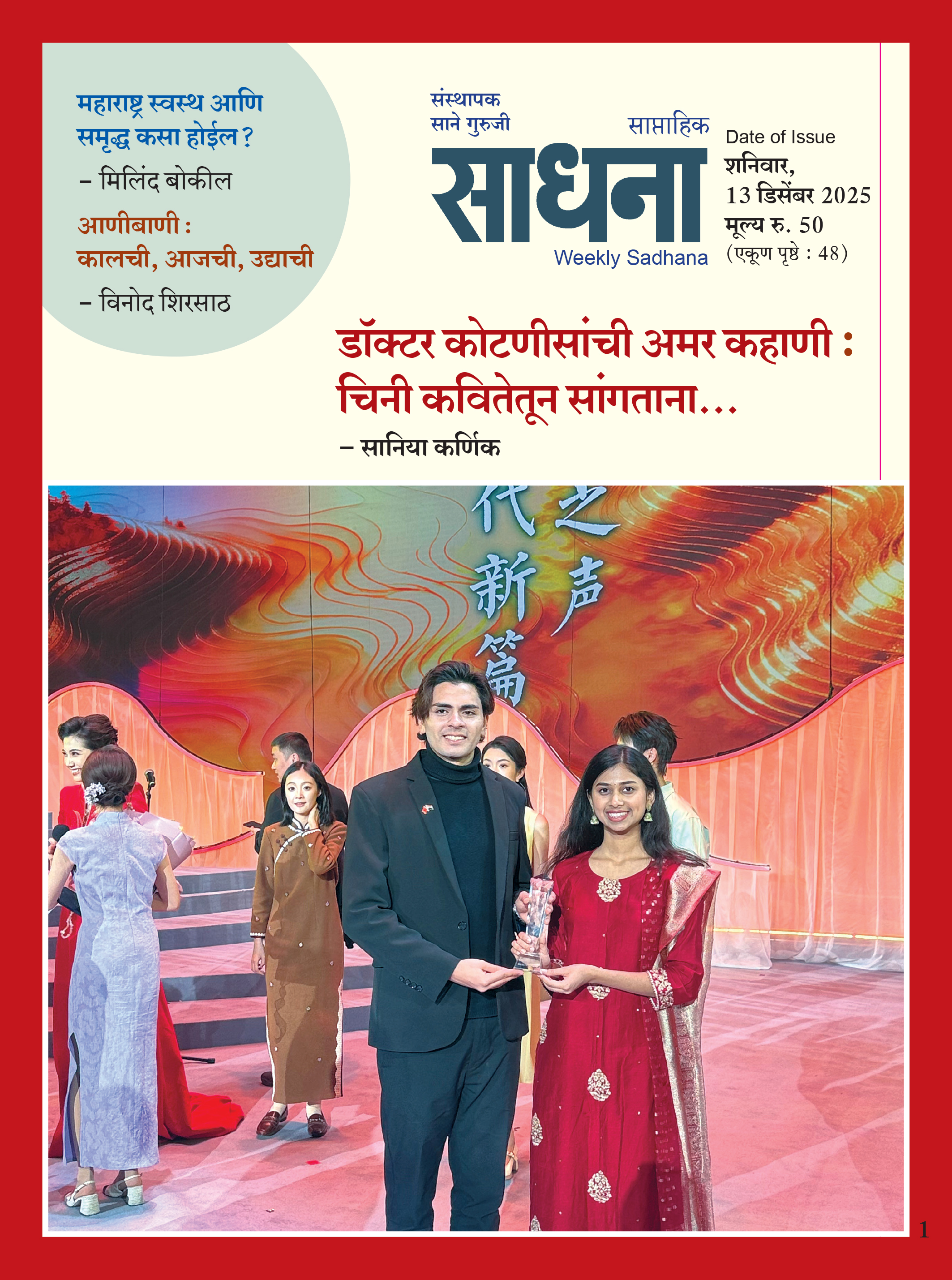













Add Comment